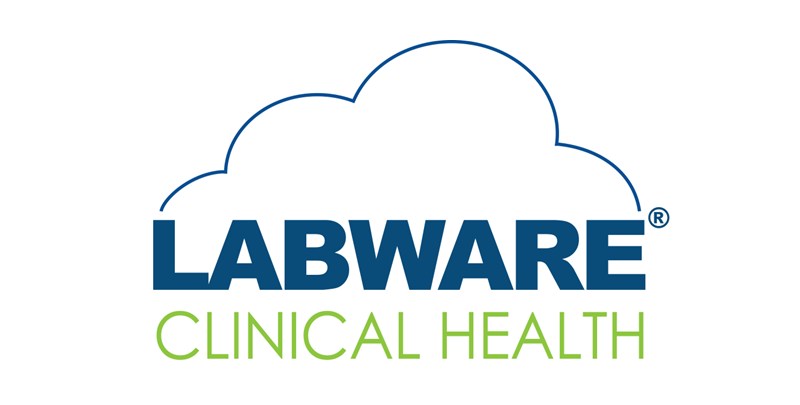 Structured, standardized, and contextualized data form the foundation of an AI-ready laboratory. Learn how five practical steps with LabWare LIMS can turn your lab data into actionable intelligence.
Structured, standardized, and contextualized data form the foundation of an AI-ready laboratory. Learn how five practical steps with LabWare LIMS can turn your lab data into actionable intelligence.
In a previous post, Why Robust, Structured Data Is the Cornerstone of AI in LIMS, we explained how well-organized and richly annotated data form the foundation for practical artificial intelligence in the laboratory. But how can your lab begin laying that foundation today using the tools already at your disposal?
Whether your goal is predictive analytics, intelligent workflow routing, or anomaly detection, the first step is the same: build the data infrastructure to support it. You don't need a massive overhaul, just a thoughtful approach to how your LIMS collects, manages, and contextualizes data.
Here are five actionable steps any lab can take to become AI-ready with LabWare.
1. Standardize Data at the Point of Entry
The earlier laboratory data is standardized, the more valuable it becomes downstream. That process begins with how your LIMS captures data:
- Replace free-text fields with controlled vocabularies, dropdowns, and enumerated lists.
- Apply units of measure consistently using defined dictionaries.
- Align data formats across departments, sites, and instruments.
LabWare's configurable data entry screens, templates, and rule-based validations help ensure that structured data becomes the default—not the exception.
2. Leverage Configurable Workflows to Create Consistency
Well-defined workflows don't just streamline operations—they ensure that every process follows the same logic, triggers, and data collection checkpoints. Within LabWare:
- Use sample and test workflows to ensure completeness at each stage.
- Apply business rules to enforce proper test sequencing, method usage, and instrument assignment.
- Capture consistent metadata around operators, timestamps, and environmental conditions.
These practices not only improve lab efficiency—they create a data trail AI tools can analyze and learn from.
3. Integrate Instruments and External Systems Seamlessly
Manual data entry introduces errors and inconsistencies, both of which create issues for AI. By integrating instruments directly into your LIMS, you ensure that:
- Data flows automatically and without transcription errors.
- Results are timestamped, verified, and linked to the correct test/sample/method.
- Instrument metadata (like calibration status or run time) is preserved for a richer context.
LabWare's Integration Platform simplifies this process by supporting a wide range of instruments and communication protocols, seamlessly connecting laboratory instruments with enterprise systems.
4. Enrich Your Data with Contextual Metadata
AI doesn't just need raw values—it needs context. For example, suppose you're trying to predict failures for a specific raw material & supplier:
- A result of "12.4" means little unless we know the method, unit, instrument, sample matrix, and test limits.
- Using AI to detect outliers or predict failures requires linking data across entities and time.
LabWare's relational data model and metadata structures make it easy to capture this context, whether it's test specifications, chain of custody, or environmental parameters.
5. Continuously Monitor, Clean, and Govern Your Data
Even well-organized systems need routine checks. AI initiatives often fail due to "silent data drift"—where processes change but data hygiene doesn't keep up.
Establish a discipline of data stewardship:
- Schedule regular audits for missing, inconsistent, or outdated data.
- Use LabWare's built-in reporting tools to generate exception reports.
- Create data ownership roles to manage critical datasets and configuration items.
This ongoing effort ensures your data remains AI-ready—even as the lab evolves.
Looking Ahead: The AI Payoff
With a standardized data foundation in place, your lab is now positioned to implement AI capabilities that deliver real impact:
- Predict instrument downtime using performance trends.
- Detect anomalous results during data review—before they cause rework.
- Optimize sample routing and analyst workload balancing.
These use cases—and many more—are within reach. But only if the data they rely on is clean, consistent, and contextualized.
Conclusion
AI in the lab is all about amplifying the power of the scientists and analysts. By structuring and enriching your LIMS data today, you're setting the stage for smarter operations, faster insights, and better science tomorrow.
Ready to start building your AI-enabled lab? Contact us to explore LabWare's AI-powered LIMS.















